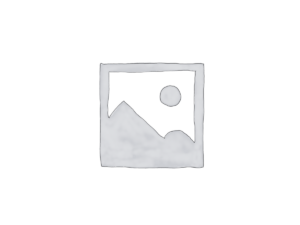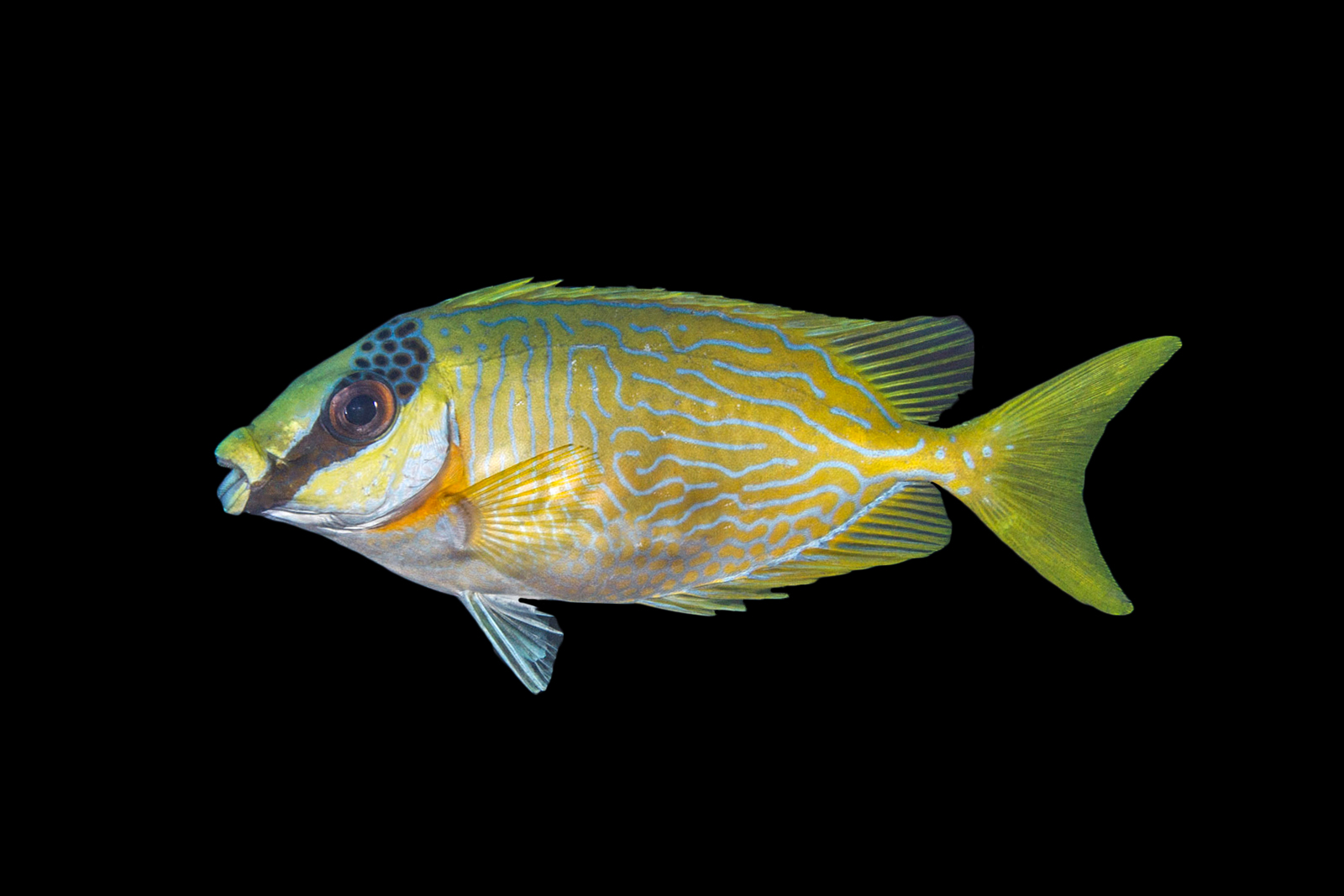Related products
Painted Rabbitfish
Please Note: Due to variations within species, your item may not look identical to the image provided. Approximate size range may also vary between individual specimen.
Deep dive >
Quick Stats
- Dietry Requirements
- Compatible With
- Maximum Fish Size (cm)
- Minimum Tank Size (L)
- Same Species Aggression
- Other Species Aggression
- Care Requirements
The Painted Rabbitfish, has an oblong shape to its body and has a beautiful series of yellow markings with a yellow back and tail. The eyes of this fish are masked by a black stripe that extends from the bottom of the mouth to the top of the head.
It requires a 550 litre or larger aquarium. It is a very peaceful species except when housed with other Rabbitfish. The Painted Rabbitfish may be housed with more aggressive fish and can be kept in pairs. Its predators will tend to leave it alone because of its venomous dorsal spines, which it can raise when disturbed. Care must be taken when handling this fish to avoid the possibility of being stung by its venomous spines. Rabbitfish are generally reef-safe if they are well fed. If not, it is possible for them to nip at and consume some species of LPS and soft corals.
Its diet should consist of a variety of vegetable matter and algae.

